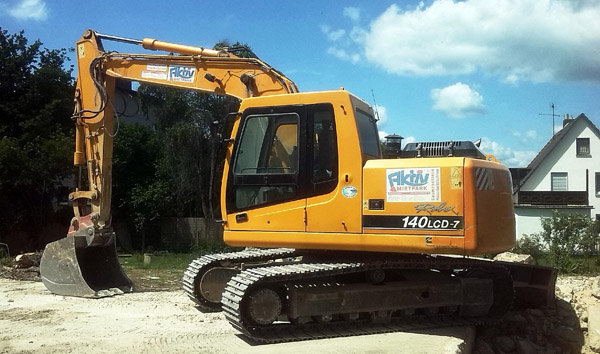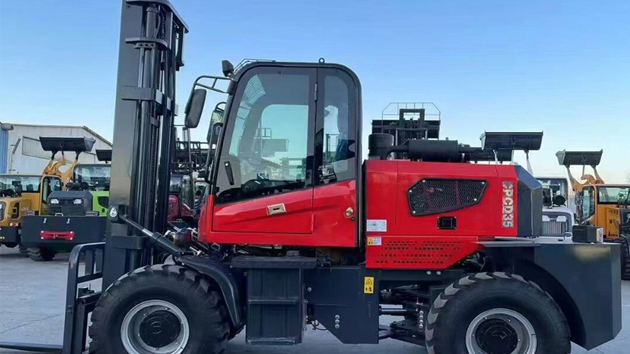The Future of Low-Emission Construction Loaders: A Technical Analysis
2025-07-06 04:15:31
The construction sector accounts for nearly 40% of global CO2 emissions, prompting a surge in demand for low-emission construction loaders. These machines integrate hybrid-electric and hydrogen fuel cell technologies, drastically cutting emissions without compromising power. Leading manufacturers like Caterpillar and Volvo CE have already rolled out models with 50% lower NOx and particulate emissions compared to traditional diesel loaders. Industry projections estimate a 22% annual growth rate for low-emission construction loaders by 2030, driven by stricter EPA and EU Stage V standards.
Performance Metrics of Low-Emission Construction Loaders Modern low-emission construction loaders leverage advanced powertrains to maintain efficiency. Electric variants, such as JCB’s 19C-1E, deliver 100% torque at low RPMs, matching diesel counterparts in productivity. Meanwhile, hydrogen-powered prototypes from Komatsu have demonstrated 8-hour continuous operation with zero tailpipe emissions. Field tests reveal that low-emission construction loaders reduce fuel consumption by up to 35%, translating to significant cost savings over their lifecycle. Battery-swapping innovations further minimize downtime, addressing a key industry concern.
Regulatory Drivers and Compliance Government policies are accelerating the adoption of low-emission construction loaders. The U.S. Inflation Reduction Act offers tax credits covering 30% of the cost for electric or hybrid models. Similarly, the EU’s Carbon Border Adjustment Mechanism imposes fees on high-emission machinery, pushing contractors toward cleaner alternatives. Compliance with Tier 4 Final and Stage V emissions standards is now non-negotiable, forcing legacy manufacturers to retrofit or phase out older models. These regulations ensure that low-emission construction loaders dominate future urban projects, particularly in emission-sensitive zones.
Challenges in Adoption and Infrastructure Despite their benefits, low-emission construction loaders face hurdles. Limited charging infrastructure in remote sites remains a barrier, with only 15% of global construction firms equipped with on-site renewable energy solutions. Hydrogen loaders, while promising, require costly refueling stations. Additionally, the higher upfront cost—up to 25% more than diesel models—deters small contractors. However, lifecycle cost analyses show that low-emission construction loaders break even within 3–5 years due to lower maintenance and fuel expenses.
Market Outlook and Innovation Pipeline The next decade will see breakthroughs in solid-state batteries and autonomous low-emission construction loaders. Startups like Built Robotics are piloting AI-driven electric loaders that optimize energy use in real time. Meanwhile, recycled materials are reducing the carbon footprint of manufacturing these machines. As urbanization and net-zero targets converge, low-emission construction loaders will become the industry standard, with global sales expected to surpass $12 billion by 2028. Stakeholders must invest in R&D and workforce training to stay competitive in this evolving landscape.














